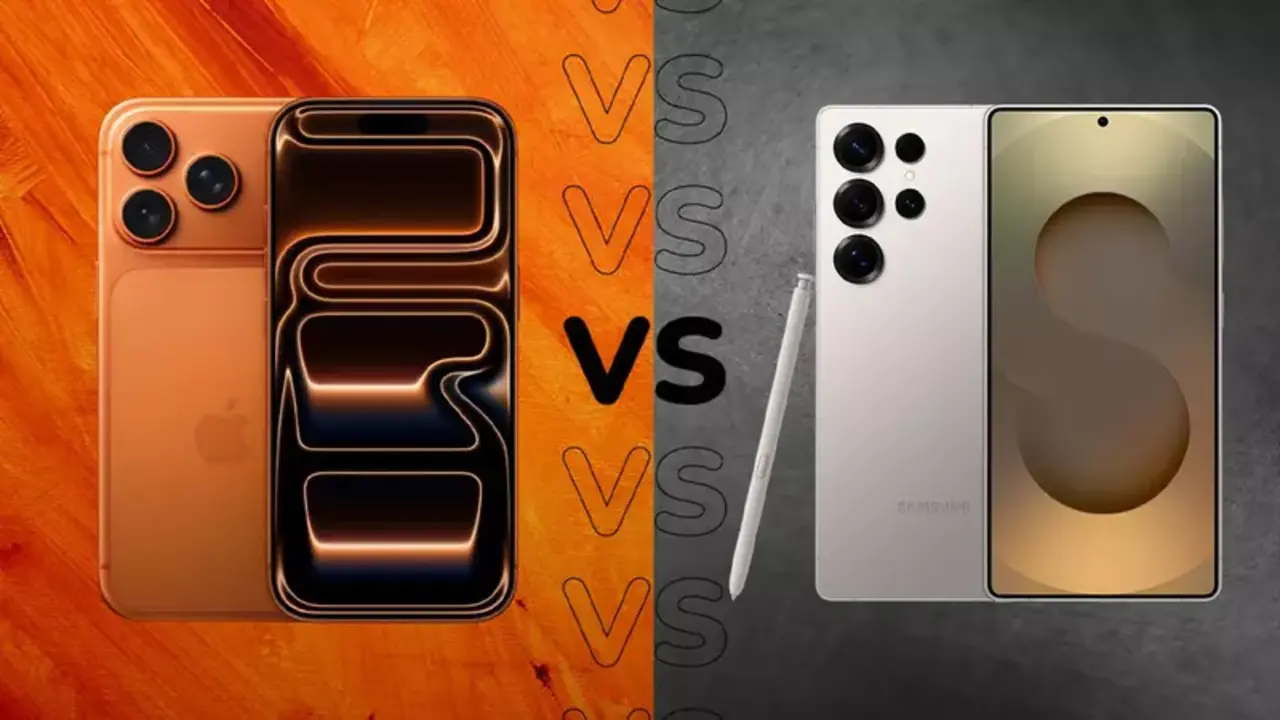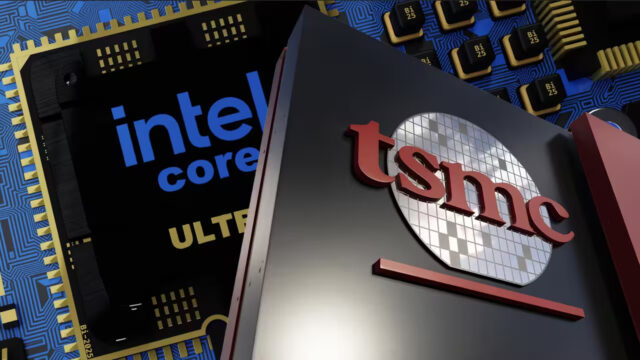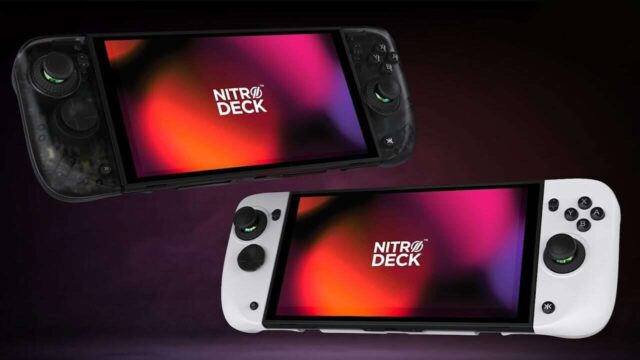Apple’s latest iPhone 17 Pro Max launch has created a huge stir in the mobile technology world. The first question that comes to mind is how Apple’s latest flagship compares to its most formidable rival, the Samsung Galaxy S25 Ultra. A comparison of these two giants reveals which brand reigns supreme.
Design
While Samsung continues the design language it began with the S22 Ultra for the Galaxy S25 Ultra, Apple has taken a bold step with the iPhone 17 Pro Max. It has ditched the traditional square camera block in favor of a bar design reminiscent of the Pixel phones.

It also stands out with its more vibrant bright orange and dark blue color options. Both phones are IP68 certified, with the S25 Ultra featuring a titanium body, while the iPhone 17 Pro Max features an aluminum body. Apple has applied Ceramic Shield 2 coating to the entire screen, enhancing scratch and break resistance.
Display
While the two phones share the same screen size with 6.9-inch 120Hz panels, Samsung leads in resolution. The Galaxy S25 Ultra’s 3120 x 1440 pixel resolution surpasses the iPhone 17 Pro Max’s 2868 x 1320 pixels.
This gives Samsung the advantage in pixels per inch. Apple, on the other hand, improves screen visibility with its new seven-layer anti-reflective coating. Samsung has been using this technology since the Galaxy S24 Ultra and is known for its significant increase in screen brightness.
Performance
Apple has been at the top of performance benchmarks for years with its A-series chipsets. However, Qualcomm has gained significant momentum recently, and the Snapdragon 8 Elite for Galaxy, which powers the Galaxy S25 Ultra, also delivers excellent performance. In practice, it’s difficult to tell the difference between these two phones.
However, thanks to its new manufacturing technology, the iPhone 17 Pro Max is expected to maintain its performance lead until the Galaxy S26 Ultra. Apple’s emphasis on its new vapor chamber cooling system demonstrates its search for solutions to overheating issues.

Camera
The iPhone 17 Pro Max comes with a 48MP Fusion triple camera system. This model offers sensor-shift optical zoom and 8x lossless zoom, and also introduces innovations with its selfie camera. Its Center Stage feature allows for automatic framing during video calls. What Apple calls “Fusion” provides “lossless” zoom with sensor cropping technology.
While the main camera reaches a maximum zoom of 40x, this is still far from Samsung’s 100x Space Zoom. The iPhone 17 series’ front camera, with its unusual square sensor, has been improved for wider-angle video calls and vlogging.
The Galaxy S25 Ultra largely retains its 200MP main camera setup, 10MP 3x zoom, 50MP 5x zoom, and 12MP ultra-wide camera setup, only upgrading the ultra-wide sensor to 50MP. Samsung improves low-light performance with Nightography video. Both phones are at the top of their respective leagues in terms of camera performance.
Battery
Apple has introduced its largest battery capacity yet with a 5088 mAh battery. Both the iPhone 17 Pro Max and the Galaxy S25 Ultra promise more than a day of battery life under heavy use. While Samsung seems to have a slight edge in video playback tests, Apple’s software optimizations make up for this.
The most notable improvement is Apple’s improvement in charging speed. The iPhone 17 Pro Max can reach 50% charge in 20 minutes with a 40W power adapter. The Galaxy S25 Ultra offers 45W fast charging and 15W Qi2 support.
Software
The iPhone 17 Pro Max comes with iOS 26 and Apple Intelligence support. Features such as real-time translation and an improved user interface are noteworthy. The Galaxy S25 Ultra comes with One UI 7 and Android 15. The Galaxy AI, powered by Google Gemini, stands out with its seven-year update support until 2032.
Galaxy AI offers a more powerful experience than Apple’s AI, with its customization options and easier use. One of the key differences between the two phones is Samsung’s S Pen. While the S Pen has lost some of its features over the years, its core functionality, such as note-taking and drawing, continues to distinguish the Galaxy S25 Ultra from its competitors. Therefore, if you like the idea of working with a stylus, Samsung is the only choice.













